The Modified System of Rice Intensification (MSRI) is revolutionizing paddy cultivation, promising higher yields with fewer resources. This method, an adaptation of the System of Rice Intensification (SRI), optimizes plant spacing, water usage, and soil fertility. Studies indicate that MSRI can increase yields by up to 50-55% while reducing water usage by 30%.
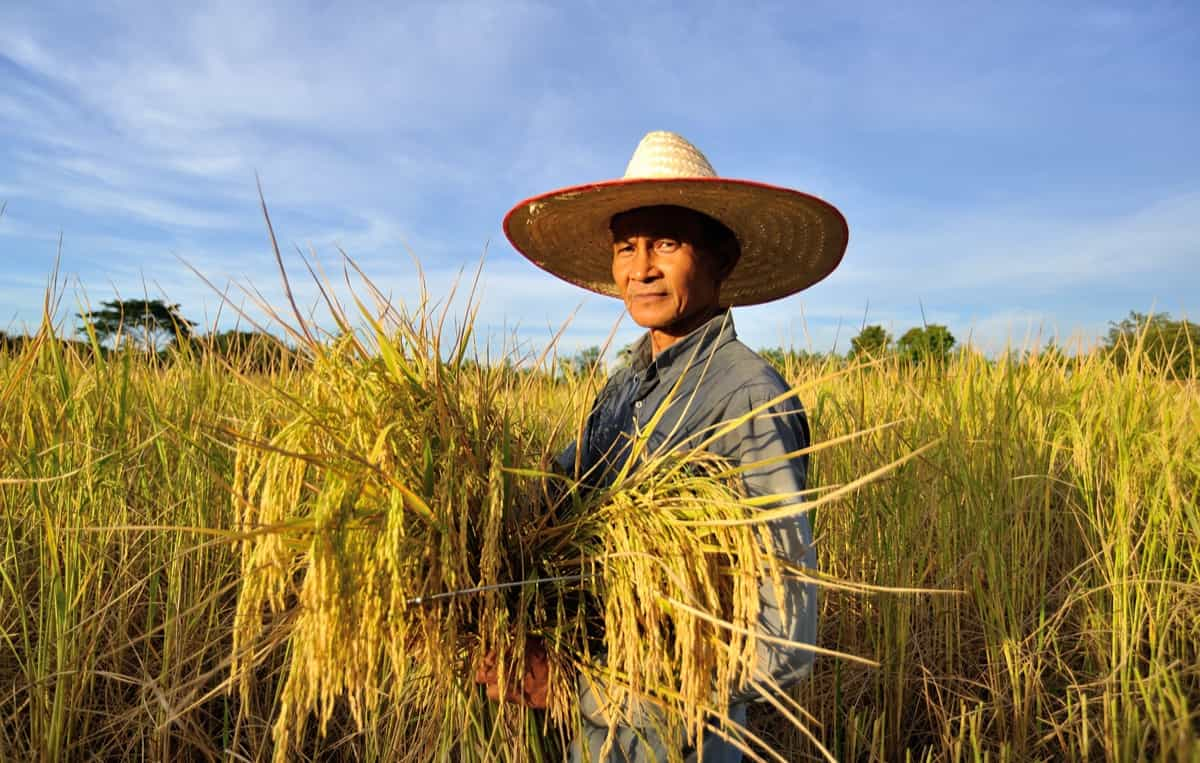
This approach is particularly in India, where rice is a staple crop, and water scarcity is a growing concern. MSRI’s potential to enhance food security and farmers’ livelihoods makes it a crucial development in sustainable agriculture.
Introduction to Mechanized System Rice Intensification (MSRI)
The Mechanized System of Rice Intensification (MSRI) is a method of rice cultivation that combines the principles of the System of Rice Intensification with the use of machines for transplanting, weeding, and harvesting. MSRI aims to increase rice yield and reduce labor, water, and seed requirements while minimizing environmental impacts.
The Mechanized System of Rice Intensification (MSRI) technology in the Visakhapatnam district of Andhra Pradesh, India, has resulted in a 20.76% yield increase over the normal transplanting method. This has led to an additional net income of Rs. 15038 for farmers. The benefits of MSRI include reduced manual labor per ha and increased yield attributes like tillers, panicles, grains, and test weight. MSRI involves:
- Transplanting 20-day-old seedlings in square planting at 20 cm × 20 cm spacing with two seedlings hill −1.
- Using a mechanical transplanter.
- Cono-weeder.
- Reaper.
This technique can enhance rice productivity and profitability while saving water and labor resources. It is suitable for areas with scarce labor or limited irrigation water and is feasible and affordable. MSRI can also contribute to climate change mitigation and adaptation by reducing greenhouse gas emissions and increasing resilience to drought and flood.
Benefits of MSRI in Paddy Farming
Mechanized System Rice Intensification (MSRI) is a method of rice cultivation that uses machines for transplanting, weeding, and harvesting. It is based on the principles of the System of Rice Intensification (SRI), which aims to increase the yield of rice while using fewer resources and reducing environmental impacts.
In case you missed it: Pest Management in Paddy at Panicle Initiation Stage: Best Pest Control Strategies
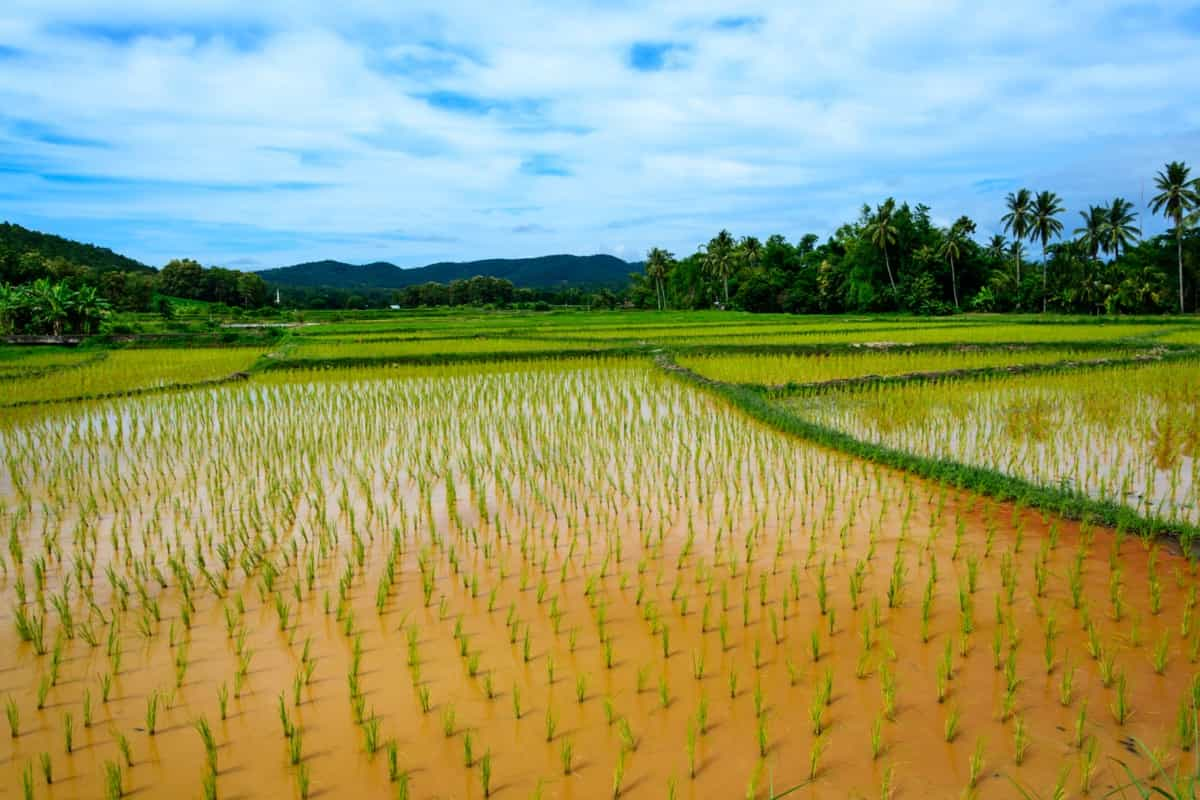
Higher yield: MSRI can increase the grain yield by 20-30% compared to the traditional method of paddy cultivation. This is because MSRI uses younger seedlings, wider spacing, and intermittent irrigation, which enhance the root growth and plant health of rice.
Lower cost: MSRI can reduce the cost of cultivation by 10-15% compared to the traditional method of paddy cultivation. This is because MSRI uses less seed, water, fertilizer, and labor, which are the major inputs for rice production.
Improved quality: MSRI can improve the quality of rice by reducing the incidence of pests and diseases, increasing the grain size and weight, and enhancing the nutritional value.
Reduced drudgery: MSRI can reduce the drudgery of paddy farmers by minimizing the manual labor involved in transplanting, weeding, and harvesting. This can save time and energy for the farmers and improve their working conditions.
Challenges and Solutions in Implementing MSRI
Lack of awareness: Many paddy farmers need to be made aware of the advantages of MSRI and how to adopt it. They may also need clarification about its feasibility and profitability.
Solution: Extension services, demonstration plots, farmer-to-farmer learning, mass media can be used to disseminate information and knowledge about MSRI to paddy farmers. Success stories and testimonials from other farmers who have adopted MSRI can also be shared to motivate and convince them.
Lack of availability: Many paddy farmers need access to the machines and equipment required for MSRI, such as transplanters, weeders, and harvesters. They may also need help in procuring quality seeds, fertilizers, and pesticides.
Solution: Public-private partnerships, cooperatives, self-help groups, and farmer organizations can be formed to facilitate the availability and affordability of the machines and inputs for MSRI. The government and other agencies can also provide subsidies, loans, insurance, and incentives to support the paddy farmers in adopting MSRI.
Lack of skills: Many paddy farmers need to gain the skills and knowledge to operate and maintain the machines and equipment for MSRI. They may also face challenges in adjusting to the new practices and techniques involved in MSRI.
Solution: Training programs, workshops, field visits, and manuals can be organized to impart the skills and knowledge to the paddy farmers on how to use and manage the machines and equipment for MSRI. Experts and extension workers can also provide technical assistance and feedback to help them overcome any difficulties or problems they may encounter in implementing MSRI.
In case you missed it: New Paddy Varieties in India: High-Yielding, Disease-Resistant, and Aromatic Rice Cultivars
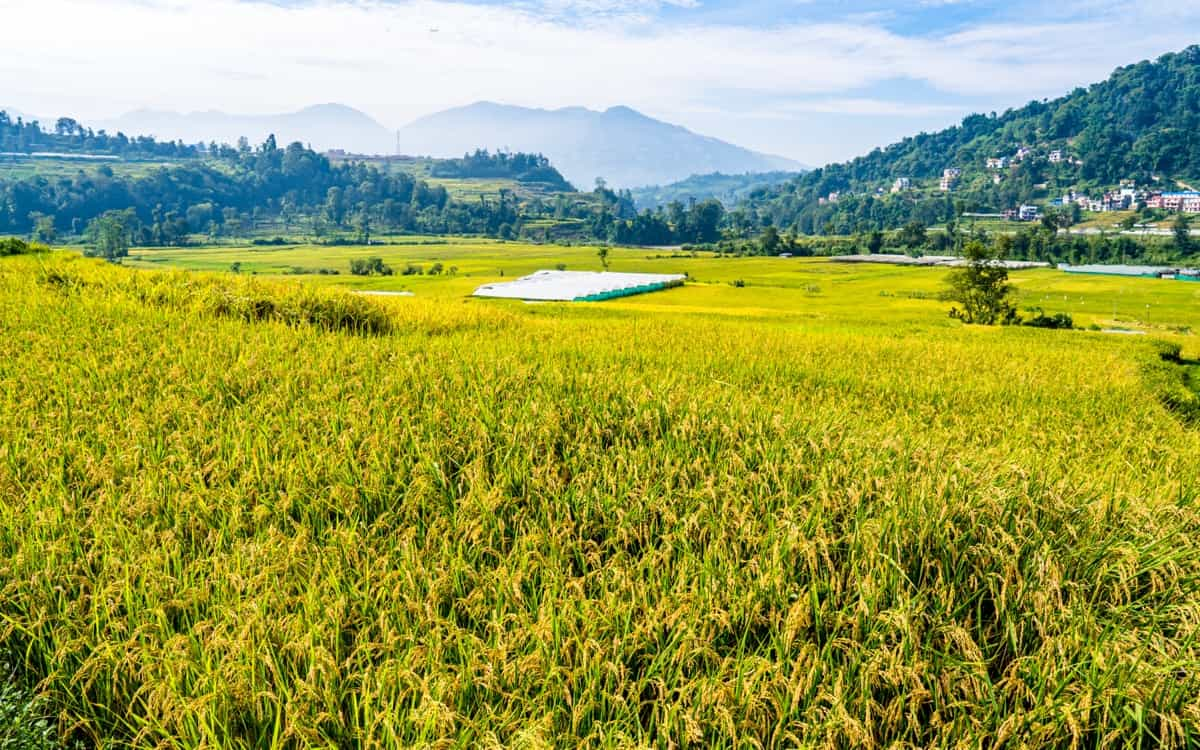
Comparative Analysis of Traditional and Mechanized System Rice Intensification
| Aspect | Traditional | Mechanized |
| Seed rate | 30-40 kg/ha | 5-8 kg/ha |
| Spacing | 15-20 cm x 15-20 cm | 25-30 cm x 25-30 cm |
| Seedling age | 25-35 days | 8-12 days |
| Irrigation | Continuous flooding | Intermittent wetting and drying |
| Weeding | Manual or chemical | Mechanical or manual |
| Fertilizer | High dose | Low dose |
| Pesticide | High dose | Low dose |
| Yield | 4-5 t/ha | 6-7 t/ha |
| Cost | High | Low |
| Quality | Low | High |
| Drudgery | High | Low |
Mechanized System Rice Intensification Equipment and Technology
- Transplanter: A machine that transplants young seedlings from nursery trays to prepared fields at a uniform depth and spacing. It can cover 0.5-1 ha per day with a fuel consumption of 5-10 liters per ha.
- Weeder: A machine that removes weeds from the fields by rotating blades or tines. It can cover 0.5-1 ha per day with a fuel consumption of 3-5 liters per ha.
- Harvester: A machine that cuts, threshes, and cleans the rice crop from the fields. It can cover 1-2 ha per day with a fuel consumption of 15-20 liters per ha.
- Seed drill: A machine that sows seeds directly into the fields without transplanting. It can cover 0.5-1 ha per day with a fuel consumption of 5-10 liters per ha.
- Laser land leveler: A machine that levels the fields using a laser beam and a scraper. It can improve water use efficiency, uniformity of crop growth, and weed control.
Best Practices for Implementing MSRI
- Select quality seeds of high-yielding and stress-tolerant varieties suitable for agro-climatic conditions and consumer preferences.
- Prepare nursery beds with well-drained and fertile soil, and sow seeds at a rate of 1-2 kg/100 m2. Cover the seeds with a layer of soil and mulch, and water them regularly.
- Prepare fields with proper plowing, harrowing, leveling, and puddling. Apply organic manure or compost at a rate of 5-10 t/ha before plowing.
- Transplant seedlings at an age of 8-12 days using a transplanter at a spacing of 25-30 cm x 25-30 cm. Ensure seedlings are planted at a depth of 2-3 cm and are not damaged or uprooted during transplanting.
In case you missed it: RNR 15048 Paddy Cultivation Process: Low-Gl Rice, Sugar-free Rice, and Diabetic-Friendly Rice
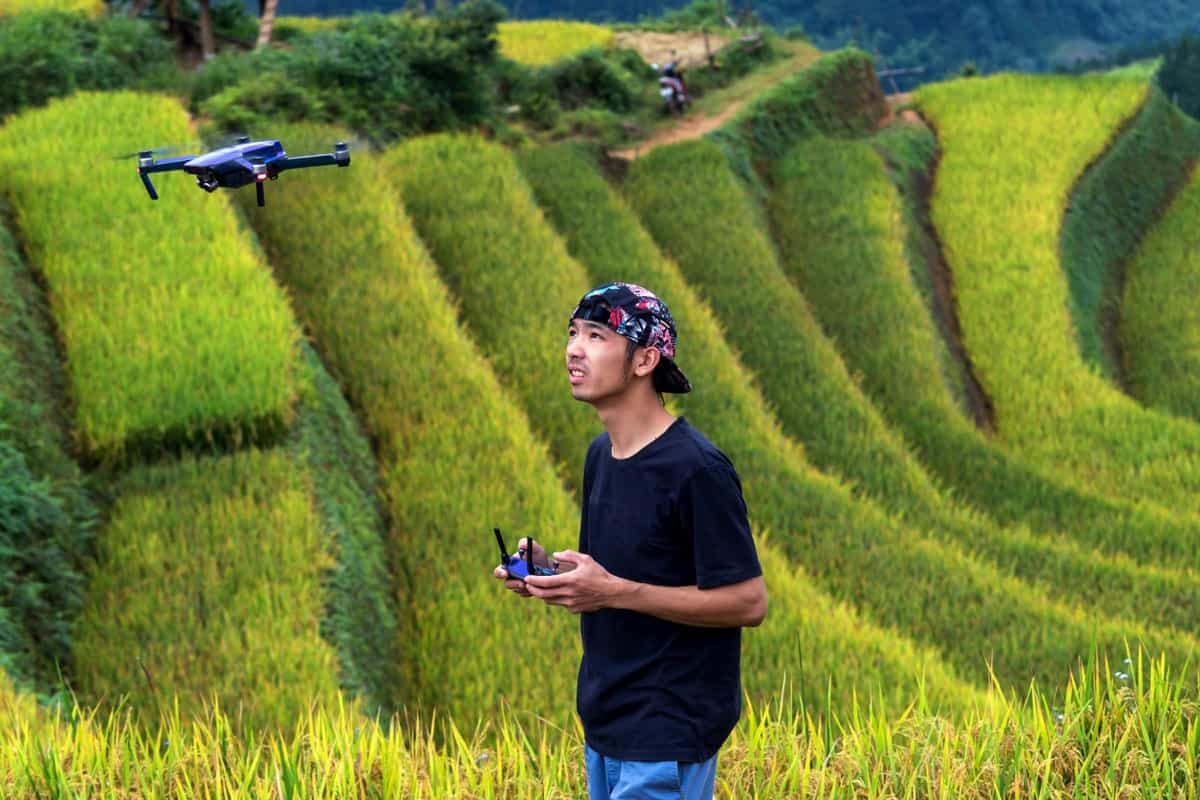
- Irrigate fields with intermittent wetting and drying methods, maintaining a thin layer of water (1-2 cm) during the vegetative stage and allowing the soil to dry until cracks appear during the reproductive stage. Avoid flooding or drought stress during the critical stages of crop growth.
- Weed fields using a weeder at intervals of 10-15 days until the canopy closure. Avoid using herbicides as they may affect the soil health and biodiversity.
- Apply fertilizer at a rate of 80-100 kg N/ha, 40-60 kg P2O5/ha, and 40-60 kg K2O/ha in split doses. Use organic or bio-fertilizers as much as possible to enhance soil fertility and microbial activity.
- Apply pesticide only when necessary, following the integrated pest management principles. Use bio-pesticides or botanicals as much as possible to reduce the environmental and health risks.
- Harvest crops at an optimum maturity stage using a harvester. Ensure that the grain moisture content is around 20% and that the grain quality is not compromised by mechanical damage or contamination.
- Store and process crops properly to maintain their quality and value. Use appropriate methods of drying, milling, polishing, grading, and packaging.
Economic Impact of MSRI
- Increase the income: MSRI can increase the income of paddy farmers by increasing the yield and quality of rice, which can fetch higher prices in the market. MSRI can also reduce the cost of cultivation by saving on inputs and labor.
- Enhance the profitability: MSRI can enhance the profitability of paddy farmers by improving the benefit-cost ratio (B: C ratio) of rice production. MSRI can generate a B: C ratio of 2.5 to 3 compared to 1.5 to 2 for the traditional method of paddy cultivation.
- Diversify the livelihood: MSRI can diversify the livelihood of paddy farmers by creating opportunities for value addition, processing, marketing, and agro-tourism. MSRI can also enable paddy farmers to grow other crops or engage in other activities during the off-season or on fallow lands.
Environmental Sustainability of MSRI
MSRI not only benefits farmers economically but also positively impacts the environment by saving water, reducing greenhouse gas emissions, enhancing soil quality, and conserving biodiversity. Water scarcity is a significant challenge for rice farmers due to climate change, population growth, and competing demands. MSRI can save water by applying intermittent irrigation instead of continuous flooding, reducing water consumption by 25-30% and improving water use efficiency.
GSG emissions from rice fields are mainly due to the anaerobic decomposition of organic matter under flooded conditions, contributing to global warming and climate change. MSRI can reduce greenhouse gas emissions by avoiding continuous flooding and enhancing soil aeration, lowering methane production and emission by 40-70% compared to conventional methods. Soil quality is crucial for rice production, affecting nutrient availability, water retention, root growth, and pest resistance.
In case you missed it: Paddy Cultivation through Direct Seeding Technology: A Profitable Rice Production Method
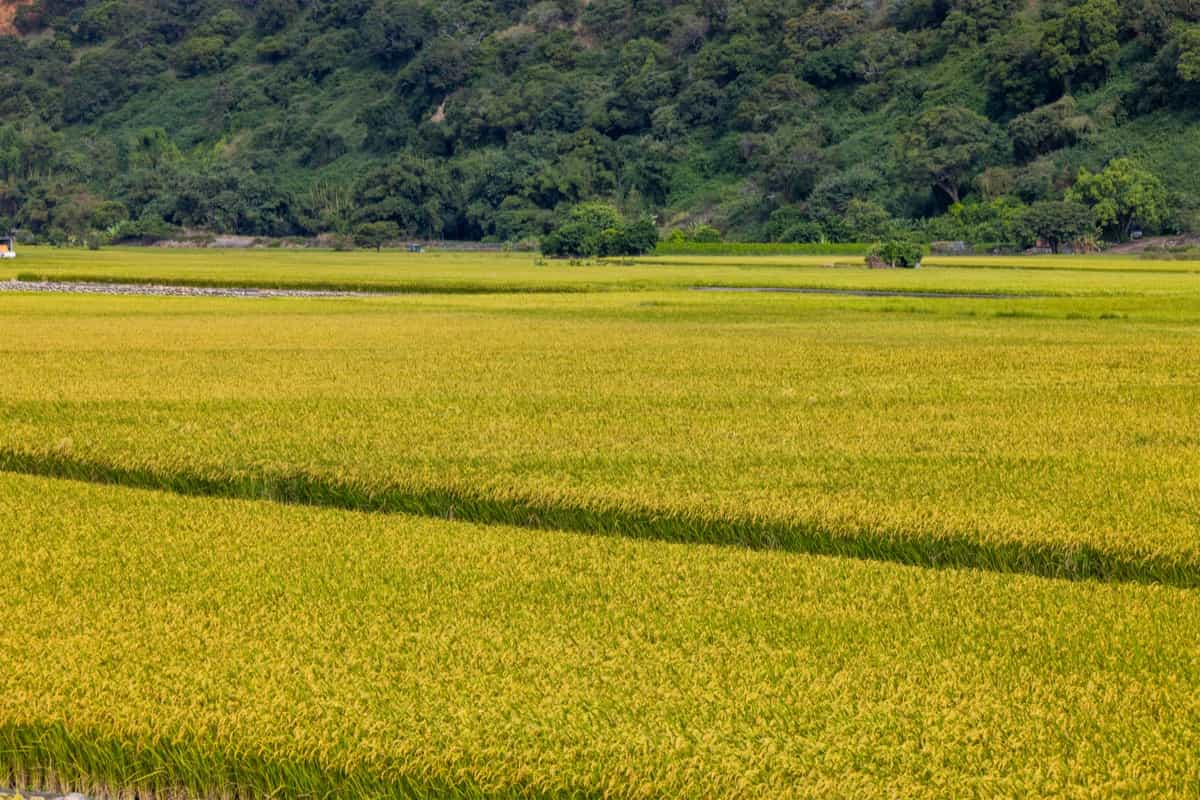
MSRI can enhance soil quality by adding organic matter, avoiding soil compaction, and improving soil structure, fertility, microbial activity, and carbon sequestration. Biodiversity is essential for maintaining ecosystem functions and services supporting rice production and human well-being. MSRI can conserve biodiversity by creating diverse habitats for flora and fauna in rice fields, promoting the growth of beneficial plants, and attracting beneficial animals.
Government Policies and Support for MSRI
MSRI has many advantages for farmers and the environment, but it also faces some challenges and constraints for its adoption and scaling up. Some of the challenges include a lack of awareness, knowledge, and skills among farmers, a lack of availability and affordability of machines and inputs, a lack of access of credit and markets, and a lack of institutional and policy support.
- Creating awareness and capacity building among farmers and extension agents on the principles and practices of MSRI through demonstrations, trainings, field days, and mass media.
- Providing subsidies, incentives, and loans for farmers to purchase or rent machines and inputs for MSRI, such as transplanters, weeders, harvesters, seeds, and organic fertilizers.
- Establishing farmer cooperatives, groups, or associations to facilitate collective action, knowledge sharing, and resource pooling for MSRI.
- Developing and strengthening market linkages and value chains for MSRI products such as organic rice, straw, and compost.
- Promoting research and development on MSRI to improve its performance, adaptability, and suitability for different agroecological conditions and farmer preferences.
- Integrating MSRI into national and regional policies and programs on rice development, water management, climate change mitigation and adaptation, soil health improvement, and biodiversity conservation.
In case you missed it: Farm Income Per Acre in India: Exploring State-wise Farmer’s Income for 1-acre Cultivation

Conclusion
MSRI is a promising method of rice cultivation that can increase yield, reduce costs, and conserve resources. MSRI can also contribute to food security, income generation, environmental sustainability, and climate resilience. However, MSRI requires adequate policies and support from the government and other stakeholders to overcome the challenges and constraints for its adoption and scaling up. MSRI can be a win-win solution for farmers, consumers, and the planet.
- Types of Pesticides Used in Agriculture: A Beginner’s Guide
- Economical Aquaculture: A Guide to Low-Budget Fish Farming
- 15 Common Planting Errors That Can Doom Your Fruit Trees
- How to Make Houseplants Bushy: Effective Tips and Ideas
- Innovative Strategies for Boosting Coconut Pollination and Yield
- Pollination Strategies for Maximum Pumpkin Yield
- The Complete Guide to Chicken Fattening: Strategies for Maximum Growth
- Natural Solutions for Tulip Problems: 100% Effective Remedies for Leaf and Bulb-Related Issues
- Revolutionizing Citrus Preservation: Towards a Healthier, Greener Future